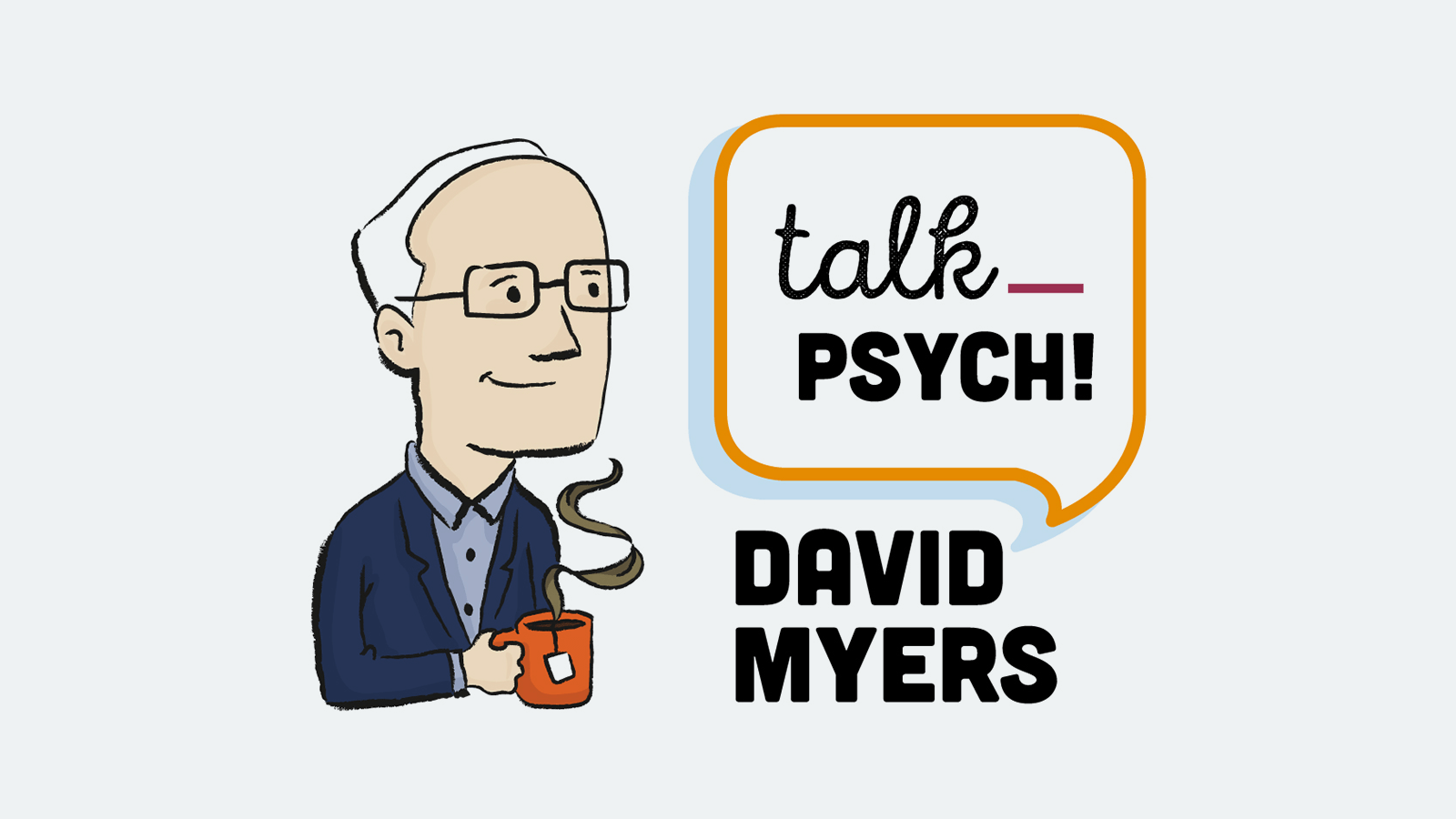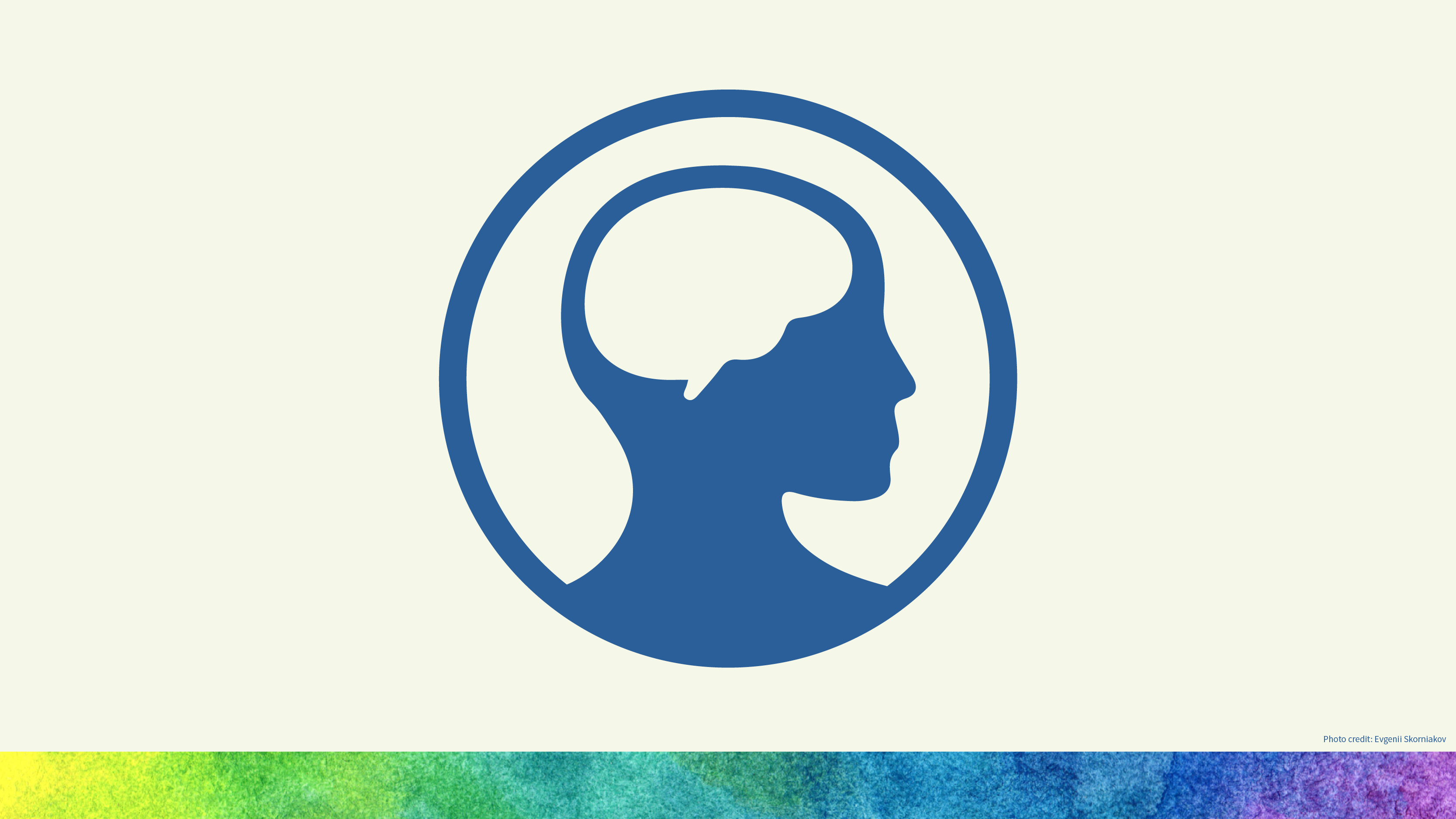-
About
Our Story
back- Our Mission
- Our Leadershio
- Accessibility
- Careers
- Diversity, Equity, Inclusion
- Learning Science
- Sustainability
Our Solutions
back
-
Community
Community
back- Newsroom
- Webinars on Demand
- Digital Community
- The Institute at Macmillan Learning
- English Community
- Psychology Community
- History Community
- Communication Community
- College Success Community
- Economics Community
- Institutional Solutions Community
- Nutrition Community
- Lab Solutions Community
- STEM Community
- Newsroom
- Webinars on Demand
- Digital Community
- The Institute at Macmillan Learning
- English Community
- Psychology Community
- History Community
- Communication Community
- College Success Community
- Economics Community
- Institutional Solutions Community
- Nutrition Community
- Lab Solutions Community
- STEM Community
- Newsroom
- Webinars on Demand
- Digital Community
- The Institute at Macmillan Learning
- English Community
- Psychology Community
- History Community
- Communication Community
- College Success Community
- Economics Community
- Institutional Solutions Community
- Nutrition Community
- Lab Solutions Community
- STEM Community
- Newsroom
- Webinars on Demand
- Digital Community
- The Institute at Macmillan Learning
- English Community
- Psychology Community
- History Community
- Communication Community
- College Success Community
- Economics Community
- Institutional Solutions Community
- Nutrition Community
- Lab Solutions Community
- STEM Community
- Newsroom
- Macmillan Community
- :
- Psychology Community
- :
- Psychology Blog
Psychology Blog
Options
- Mark all as New
- Mark all as Read
- Float this item to the top
- Subscribe
- Bookmark
- Subscribe to RSS Feed
Psychology Blog
Showing articles with label Drugs.
Show all articles
Expert
09-18-2023
05:30 AM
As of June 2023, recreational cannabis use is legal Canada (Department of Justice, Canada, 2021) and in 23 U.S. states, the District of Columbia, Guam, and the Northern Mariana Islands (Reuters, 2023). Not that it has to be legal for people to use it. In a 2022 national survey, researchers asked people about their marijuana use. Of full-time college students between the ages of 19 and 22, 22.1% reported that they used marijuana at least once in the last 30 days, whereas only 4.7% reported that they used it daily. Both numbers were lower than for age-matched non-college students (28.2% monthly and 14.5% daily). That 30-day percentage of 22.1% for college students is about where the numbers have been since 2013. To see these kind of numbers for marijuana use, we have to go back to the early 1980s. In 1980, a whopping one-third (34.8%) of college students reported using marijuana in the previous 30 days (Patrick et al., 2023). Why do college students use marijuana? In one qualitative study, one reason participants gave was that they used it for a boost in creativity (Kilwein et al., 2022). But does marijuana actually make users more creative? Or do they just think they are more creative? After covering experimental design, give your students this hypothesis: Cannabis use increases creativity. Ask students for the independent variable (including an experimental group and a control group) and the dependent variable(s). For all variables, ask for operational definitions. After students have had a couple minutes to consider this on their own, ask students to work in small groups to create their experimental design. If time allows, ask students how or where they would find volunteers for their study. What are the ethical concerns that they need to take into consideration? After group discussion dies down, ask a volunteer from each group to share their design. Now share with students how researchers investigated this same question (Heng et al., 2023). To recruit participants, researchers posted flyers in recreational cannabis dispensaries in Washington (a state where such use is legal) and on Craigslist. Users who smoked one joint no more than a few times a week were selected to participate. Anyone who reported being pregnant was excluded. Participants were mailed cannabis test kits and emailed the study information. Participants who successfully completed the study received a $25 gift card. Participants were randomly assigned to one of two conditions: high during the creativity test or not high during the creativity test. “High” was operationally defined as having used marijuana in the last 15 minutes. The researchers note that the participants had to supply their own cannabis. “Instead of stipulating a specific time to complete the study, participants were asked to begin the study within 15-min of their volitional cannabis use. This addressed the IRB restriction of not instructing cannabis use” (Heng et al., 2023, p. 637). Now we need an operational definition for creativity. “Participants were asked to generate as many creative uses as they could for a brick in 4 min” (Heng et al., 2023, p. 637). They also rated their brick ideas based on how creative, original, and novel they thought they were on a 5-point scale. Then they used the saliva test kit and mailed it back to the researchers. What did the researchers find? Participants who used cannabis before doing the creativity task thought they were more creative than did those in the control group. But were they really more creative” The researchers asked a couple research assistants who were blind to conditions to evaluate the creativity of the answers, and they also asked participants on Prolific to do the same. Neither the research assistants nor the Prolific participants saw any difference in creativity between the groups. There was a bit more to the research design if you’d like to share this with your students as a way to conclude this activity. The researchers also asked the participants how happy and joyful they were. The researchers found that it was this mood state that mediated creativity evaluations. Cannabis use was more likely to result in higher creativity ratings if the person was happy while high. References Department of Justice, Canada. (2021, July 7). Cannabis legalization and regulation. https://www.justice.gc.ca/eng/cj-jp/cannabis/ Heng, Y. T., Barnes, C. M., & Yam, K. C. (2023). Cannabis use does not increase actual creativity but biases evaluations of creativity. Journal of Applied Psychology, 108(4), 635–646. https://doi.org/10.1037/apl0000599 Kilwein, T. M., Wedell, E., Herchenroeder, L., Bravo, A. J., & Looby, A. (2022). A qualitative examination of college students’ perceptions of cannabis: Insights into the normalization of cannabis use on a college campus. Journal of American College Health, 70(3), 733–741. https://doi.org/10.1080/07448481.2020.1762612 Patrick, M. E., Miech, R. A., Johnston, L. D., & O’Malley, P. M. (2023). Monitoring the Future Panel Study annual report: National data on substance use among adults ages 19 to 60, 1976-2022 (Monitoring the Future Monograph Series). Institute for Social Research, University of Michigan. https://monitoringthefuture.org/wp-content/uploads/2023/07/mtfpanel2023.pdf Reuters. (2023, June 1). U.S. states where recreational marijuana is legal. Reuters. https://www.reuters.com/world/us/us-states-where-recreational-marijuana-is-legal-2023-05-31/
... View more
Labels
0
0
2,278
Expert
04-26-2023
12:05 PM
The Introduction to Psychology course is the hardest course to teach because we do not have expertise in the vast majority of the material. When you teach Intro Psych for the very first time, you get used to saying, “I don’t know.” As the years have rolled by, I’ve accepted that “I don’t know” is just part of my Intro Psych teaching lexicon. For me, however, it’s not the not knowing that’s problematic. It’s all of the information that I thought I knew, but, alas, did not. Finding out that I’ve gotten something wrong makes me wish I could contact all of my previous students and say, “Hey! Remember that thing I told you about? No, you don’t remember? Well, anyway, it turns out I was wrong. Here’s the right information. Or at least here’s the right information as we know it today.” Okay, maybe it’s best that I can’t contact my previous students. In some cases, the scientific research has given us updated information. For example, research published a week ago in Nature reveals that the motor cortex is not all about motor control (Gordon et al., 2023). There are pockets of neurons in between the motor control sections of the motor cortex that connect with other parts of the body. “As a result, the act of, say, reaching for a cup of coffee can directly influence blood pressure and heart rate. And the movement is seamlessly integrated into brain systems involved in planning, goals and emotion” (Hamilton, 2023). This is a beautiful example of the first of APA’s overarching themes for Intro Psych: “Psychological science relies on empirical evidence and adapts as new data develop” (Halonen et al., 2022) In some cases what I got wrong was me just not understanding. For example, if you used to teach that the cat running to the sound of the can opener was classical conditioning, you can identify with what I’m saying. (See this 2016 blog post for the explanation as to why this is not classical conditioning, but operant conditioning.) While I don’t have any suggestions on how we can speed up science, I do have some suggestions on how we can mitigate how much stuff we don’t understand, and, thus, mis-teach to our students. Here are some excellent books that will expand your Intro Psych knowledge. Most are written by experts in the field. Others were written by people who got deeply interested in the topic. If you have books that you have found useful for expanding your Intro Psych knowledge, please add them to the comments. Thanks! Neuroscience The tale of the dueling neurosurgeons: The history of the human brain as revealed by true stories of trauma, madness, and recovery written by Sam Kean Incognito: The secret lives of the brain by David Eagleman Livewired: The inside story of the ever-changing brain by David Eagleman Sensation and Perception An immense world: How animal senses reveal the hidden realms us by Ed Yong Perception: How our bodies shape our minds by Dennis Proffitt and Drake Baer Consciousness Why we sleep: Unlocking the power of sleep and dreams by Matthew Walker Buzzed: The straight facts about the most used and abused drugs from alcohol to ecstasy, 3e by, Cynthia Kuhn, Scott Swartzwelder, and Wilkie Wilson Development Breaking the age code: How your beliefs about aging determine how long and well you live by Becca Levy The gardener and the carpenter: What the new science of child development tells us about the relationship between parents and children by Alison Gopnik Memory The memory illusion: Remembering, forgetting, and the science of false memory by Julia Shaw Moonwalking with Einstein: The art and science of remembering everything by Joshua Foer Cognition Thinking fast and slow by Daniel Kahneman The undoing project: A friendship that changed our minds by Michael Lewis Emotion Aroused: The history of hormones and how they control just about everything by Randi Hutter Epstein Why zebras don’t get ulcers: the acclaimed guide to stress, stress-related diseases, and coping, 3e by Robert M. Sapolsky Stumbling on happiness by Daniel Gilbert Social Aggression and violence: A social psychological perspective by Brad J. Bushman Kitty Genovese: The murder, the bystanders, and the crime that changed America by Kevin Cook Personality Quiet: The power of introverts in a world that can’t stop talking by Susan Cain References Gordon, E. M., Chauvin, R. J., Van, A. N., Rajesh, A., Nielsen, A., Newbold, D. J., Lynch, C. J., Seider, N. A., Krimmel, S. R., Scheidter, K. M., Monk, J., Miller, R. L., Metoki, A., Montez, D. F., Zheng, A., Elbau, I., Madison, T., Nishino, T., Myers, M. J., … Dosenbach, N. U. F. (2023). A somato-cognitive action network alternates with effector regions in motor cortex. Nature. https://doi.org/10.1038/s41586-023-05964-2 Halonen, J., Thompson, J. L. W., Whitlock, K. H., Landrum, R. E., & Frantz, S. (2022). Measuring meaningful learning in Introductory Psychology: The IPI student learning outcomes. In R. A. R. Gurung & G. Neufeld (Eds.), Transforming Introductory Psychology: Expert advice on teacher training, course design, and student success (pp. 57–80). American Psychological Association. Hamilton, J. (2023, April 20). An overlooked brain system helps you grab a coffee—And plan your next cup. NPR. https://www.npr.org/sections/health-shots/2023/04/20/1171004199/an-overlooked-brain-system-helps-you-grab-a-coffee-and-plan-your-next-cup
... View more
Expert
12-28-2022
10:05 AM
I think of the Intro Psych course as an owner’s manual for being human. Throughout the course, we explore the multitude of ways we are influenced to think, feel, or behave a certain way that happens without our conscious awareness. Here’s one such example we can use to give our students some experimental design practice. It’s suitable for the methods chapter or, if you cover drugs, in that chapter after discussing caffeine. Caffeine, as a stimulant, increases arousal. It’s plausible that consumers who are physiologically aroused engage in more impulsive shopping and, thus, spend more money than their uncaffeinated counterparts. Give students this hypothesis: If shoppers consume caffeine immediately before shopping, then they will spend more money. Ask students to take a couple minutes thinking about how they would design this study, and then invite students to share their ideas in pairs or small groups. Ask the groups to identify their independent variable (including experimental and control conditions) and their dependent variable. If you cover operational definitions, ask for those, too. Invite groups to share their designs with the class. Emphasize that there is no one right way to conduct a study. Each design will have its flaws, so using different designs to test the same hypothesis will give us greater confidence in the hypothesis. Share with students the first two of five experiments reported in the Journal of Marketing (Biswas et al., 2022). In study 1, researchers set up a free espresso station just inside the front door of a store. As shoppers entered, they were offered a cup of espresso. The experiment was conducted at different times of day over several days. At certain times, shoppers were offered a caffeinated espresso. At other times, they were offered a decaffeinated espresso. As the espresso drinkers left the store after having completed their shopping, researchers asked if they could see their receipts. Everyone said yes. Researchers recorded the number of items purchased and the total purchase amount. (Ask students to identify the independent and dependent variables.) As hypothesized, the caffeinated shoppers purchased more items (2.16 vs. 1.45) and spent more money (€27.48 vs. €14.82) than the decaffeinated shoppers. Note that participants knew whether they were consuming a caffeinated or decaffeinated beverage, but did not know when they accepted that they were participating in a study. There are a few ethical questions about study 1 worth exploring with your students. First, this study lacked informed consent. Participants were not aware that they were participating in a study when they accepted the free espresso. As participants were leaving, it became clear to them that they were participating in a study. Given the norm of reciprocity, did participants see not handing over their receipts as a viable option? Lastly, the researchers expected that caffeine would increase consumer spending. In fact, it nearly doubled it. Was it ethical for the researchers to put unwitting shoppers in a position to spend more money than they had intended? In study 2, students from a marketing research class “in exchange for course credit” were asked to recruit family or friends to participate. The volunteers, who were told that this was a study about their shopping experience, were randomly assigned to an espresso or water condition which were consumed in a cafeteria next to a department store. After consuming their beverages, the volunteers were escorted to the department store and were asked to spend two hours in the store “shopping or looking around.” As in study 1, caffeinated shoppers spent nearly twice as much money (€69.91 vs. €39.63). Again, we have the ethical question of putting unwitting shoppers in the position to spend more money than they would have. We also have the ethical question of students recruiting friends and family to participate as course requirement. And then from a design perspective, how certain can we be that the students didn’t share the hypothesis with their family and friends? Is it possible that some of the students thought that if the study’s results didn’t support the hypothesis, their grade would be affected? As a final ethics question, what should we do with the knowledge that we are likely to spend (much) more money when shopping when we are caffeinated? As a shopper, it’s easy. I’m not going stop on the coffee shop on my way to the store. For a store manager whose job it is to maximize, it’s also easy. Give away cups of coffee as shoppers enter the store. The amount of money it costs to staff a station and serve coffee will more than pay for itself in shopper spending. Here’s the bigger problem. Is it okay to manipulate shoppers in this way for financial gain? Advertising and other persuasive strategies do this all the time. Is free caffeine any different? Or should coffee cups carry warning labels? To close this discussion, ask students in what other places or situations can impulsive behavior encouraged by being caffeinated be problematic. Casinos come readily to my mind. Are caffeinated people likely to bet more? Would that study be ethical to conduct? Reference Biswas, D., Hartmann, P., Eisend, M., Szocs, C., Jochims, B., Apaolaza, V., Hermann, E., López, C. M., & Borges, A. (2022). Caffeine’s Effects on Consumer Spending. Journal of Marketing, 002224292211092. https://doi.org/10.1177/00222429221109247
... View more
Labels
0
0
4,863
Expert
06-19-2022
08:05 AM
In the June 2022 edition of the APA Monitor on Psychology is an excellent article on the psychology of traffic safety. The article features David Strayer’s “four horsemen of death”: speed, impairment, fatigue, and distraction. Given the number and breadth of psychological concepts covered, this article provides fodder for a good end-of-term assignment. It may also save the lives of your students. Note that the journalist uses the term “crash” rather than “accident.” “Crash” is the preferred term by U.S. government agencies, such as the CDC and the National Highway Traffic Safety Administration (NHTSA). The word “accident” implies an incident that could not be avoided. The word “crash” does not carry that connotation. Giving the causes of traffic fatalities are due to driver decision-making, whether it be the driver of the vehicle or the driver of another vehicle, “crash” is a better descriptor than “accident.” Ask students to read the article “Improving Traffic Safety” (Pappas, 2022), and then answer the following questions. How many people died on U.S. roadways in 2020? Speed. What percentage of the 2020 traffic fatalities were estimated to be caused by excessive speed? The article describes three ways that our environment can contribute to unsafe driving. Take a photo of a road in your area that illustrates one or more of these environmental hazards. Explain. The article also describes three ways that our environment can contribute to safe driving. Take a photo of a road in your area that illustrates one or more of these environmental benefits. Explain. In a survey of drivers at the beginning of the pandemic, researchers “saw an increase in respondents saying they were more likely to break the law because they knew they were less likely to be caught.” Explain this finding in terms of operant conditioning. With fewer people on the roads during the pandemic shut-down, researchers speculate that street racing may have increased. What Ontario law led to a reduction in street racing? Explain this effect in terms of operant conditioning. If you are primarily a driver, what can you do to reduce your chances of dying in a car crash due to speed? If you primarily a passenger, what can you do to reduce your chances of dying in a car crash due to speed? Impairment. What percentage of the 2020 traffic fatalities were estimated to be caused by impaired driving? Based on your reading of the article, describe the relationship between stress, alcohol, and driving while impaired. What Big Five personality trait is associated with a history of driving while impaired and reckless driving? Given your knowledge of this trait, why might that association exist? Fatigue. What percentage of the 2020 traffic fatalities were estimated to be caused by fatigue? Why might this number be an underestimation? Summarize what you learned in this course about the effects of sleep deprivation. Choose five effects, and for each, briefly explain how it could negatively effect driving. According to the article, what have Australian highway authorities done to combat boredom on empty stretches of highway? Distraction. What percentage of the 2020 traffic fatalities were estimated to be caused by distracted driving? Explain how stress may contribute to distracted driving. Explain how the design of cars may contribute to distracted driving. Give at least one example. Conclusion. What was the most surprising thing you learned in this article? Explain. Identify at least one concept you learned in this course that could apply to speed, impairment, fatigue, or distraction but was not discussed in the article. Briefly describe the concept, and then explain how it could be a contributor to car crashes. Reference Pappas, S. (2022, June). Improving traffic safety. Monitor on Psychology, 53(4), 46–55.
... View more
Labels
0
1
3,212
Topics
-
Abnormal Psychology
5 -
Achievement
2 -
Affiliation
1 -
Cognition
9 -
Consciousness
13 -
Current Events
6 -
Development Psychology
9 -
Developmental Psychology
12 -
Drugs
4 -
Emotion
19 -
Evolution
1 -
Gender
4 -
Gender and Sexuality
3 -
Genetics
2 -
History and System of Psychology
4 -
History and Systems of Psychology
2 -
Industrial and Organizational Psychology
15 -
Intelligence
1 -
Learning
26 -
Memory
10 -
Motivation
4 -
Motivation: Hunger
1 -
Nature-Nurture
2 -
Neuroscience
15 -
Personality
11 -
Psychological Disorders and Their Treatment
9 -
Research Methods and Statistics
41 -
Sensation and Perception
15 -
Social Psychology
45 -
Stress and Health
5 -
Teaching and Learning Best Practices
30 -
Thinking and Language
9 -
Virtual Learning
7
- « Previous
- Next »
Popular Posts








